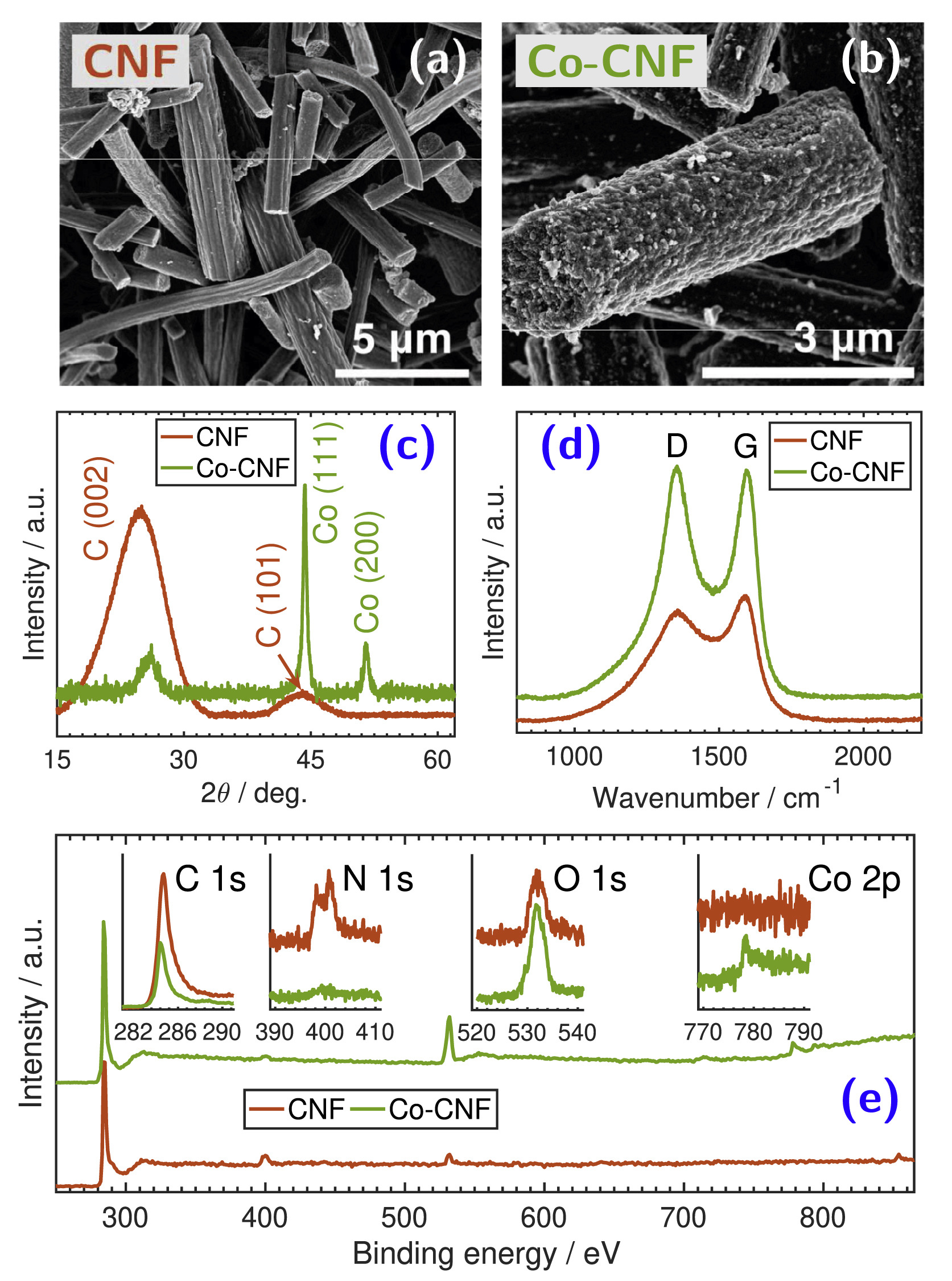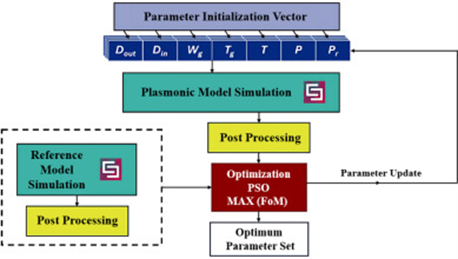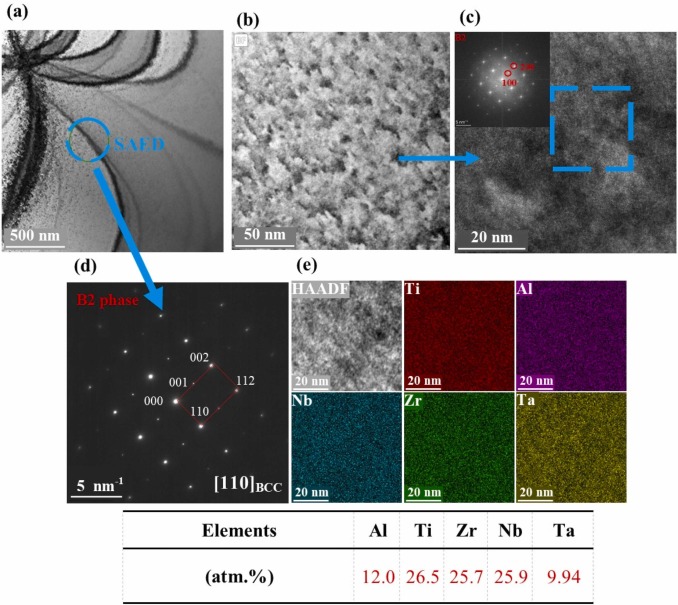

Modulating the energy storage of supercapacitors by mixing close-to-ideal and far-from-ideal capacitive carbon nanofibers
The quest for high performance supercapacitors from the energy-power point of view is commonly addressed from the constituting electrode materials and/or the electrolyte. Carbon-based double-layer capacitors are known for their high power density, whereas pseudocapacitors which use transition metal oxides/nitrides/sulfides or conductive polymers are known for their high energy density. In this work we show that one can modulate the energy storage capability of supercapacitors by mixing at preset ratios two types of carbon materials having two different energy storage capabilities. The time-domain and frequency-domain electrochemical characterization of five symmetric devices, in which electrodes made of carbon nanofibers (CNF) are mixed with cobalt-modified CNF (Co-CNF) at different mass proportions, show that as the Co-CNF content is increased, the effective capacitance, and hence the restored energy, is increased without affecting the power performance of the device. This opens up new opportunities for the modular design of supercapacitor electrodes using a small set of electric double-layer capacitive materials. © 2019 Elsevier Ltd



